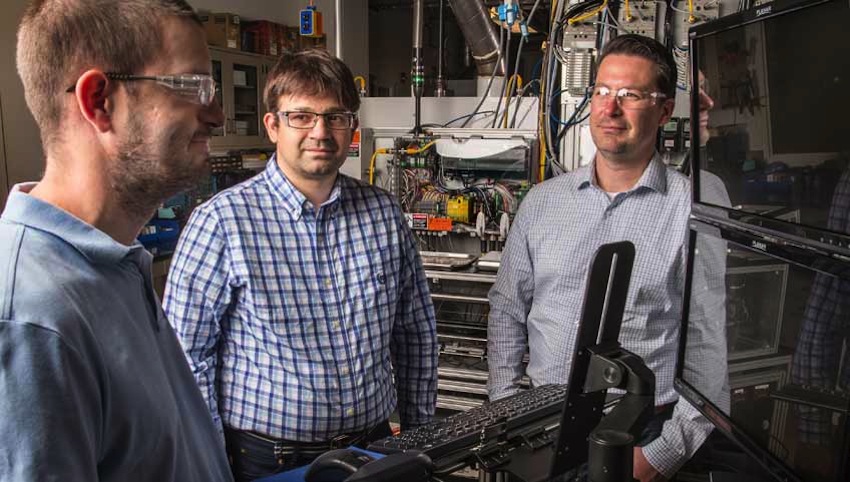ARPA-E extends NREL funding for III-V solar project

Funding extended to reach 30 percent conversion efficiency with HVPE growth technique
ARPA-E (the US Advanced Research Projects Agency-Energy) is extending its funding of a project to make III-V solar cells used on satellites and Mars rovers cheaper so they can also be made available for use on Earth.
The project, called 'Ultrahigh Efficiency Photovoltaics at Ultralow Costs' is led by Aaron Ptak, a senior scientist at the US National Renewable Energy Laboratory (NREL). Ptak and his colleagues have pioneered a new growth technique called dynamic hydride vapour-phase epitaxy (D-HVPE). The initial research at NREL demonstrated the first multijunction solar cells using the HVPE growth technique.
ARPA-E invested $5.76 million — including $3.9 million directly to NREL — in Ptak’s project. The funding was due to expire in April 2019 but has been extended for another six months. The NREL researchers promised ARPA-E they could produce a III-V solar cell with a 30 percent conversion efficiency; so far, it’s at about 25 percent.


































